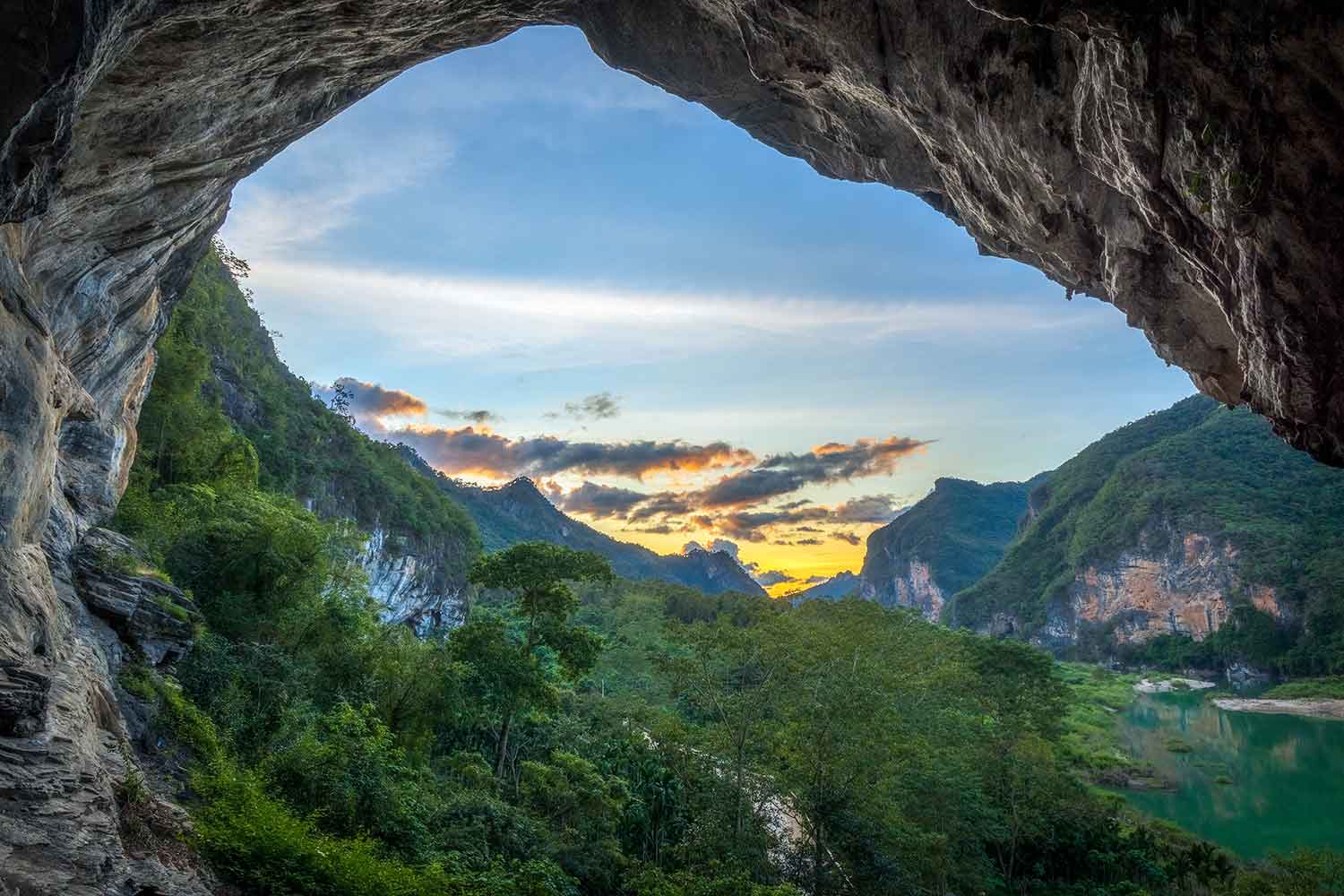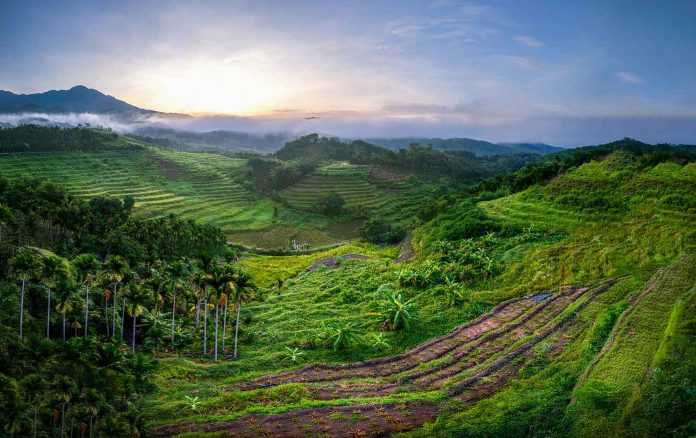A Realistic Look at Yahu Rice Terraces
Scale and Reality Check
The Yahu terraces are much smaller than some online descriptions sometimes suggest.
The actual tourism area covers only about 1,100 acres (not the inflated 4,875 acres figure that includes the entire agricultural heritage protection zone).
This is relatively modest compared to famous terraces like Guangxi’s Longji terraces or Yunnan’s Yuanyang terraces that span tens of thousands of acres.
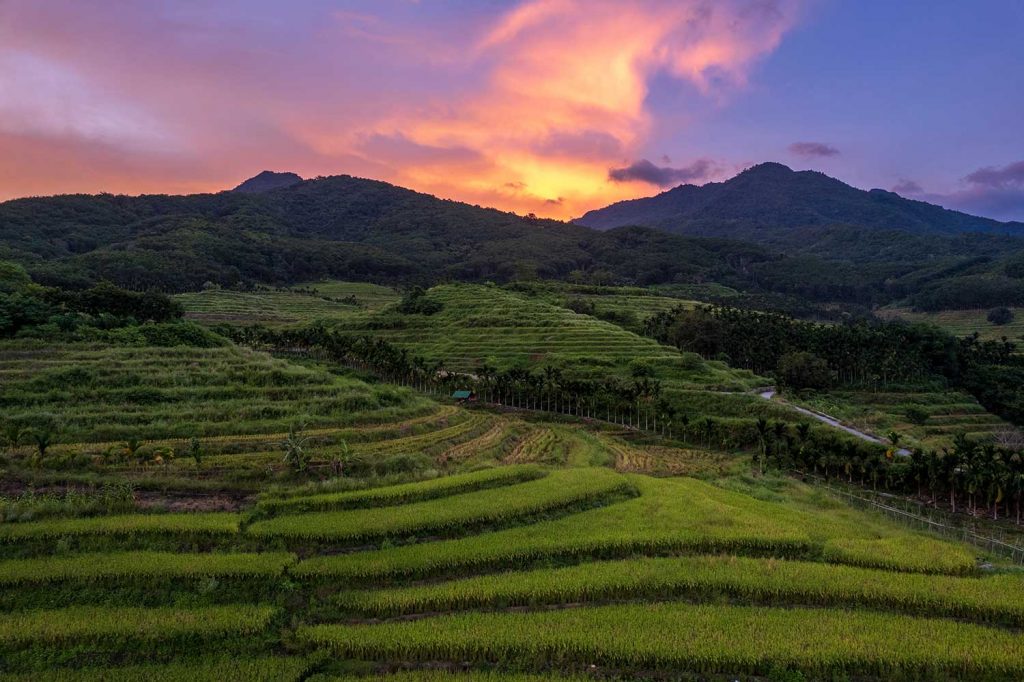
The terraces consist of about 160 layers with a vertical drop of around 400 meters. While this creates a pleasant stepped landscape, the individual plots are extremely small – some so tiny that locals joke about “a frog jumping across three fields” or “a blanket covering an entire terrace”.
Tourism Development and Marketing Hype
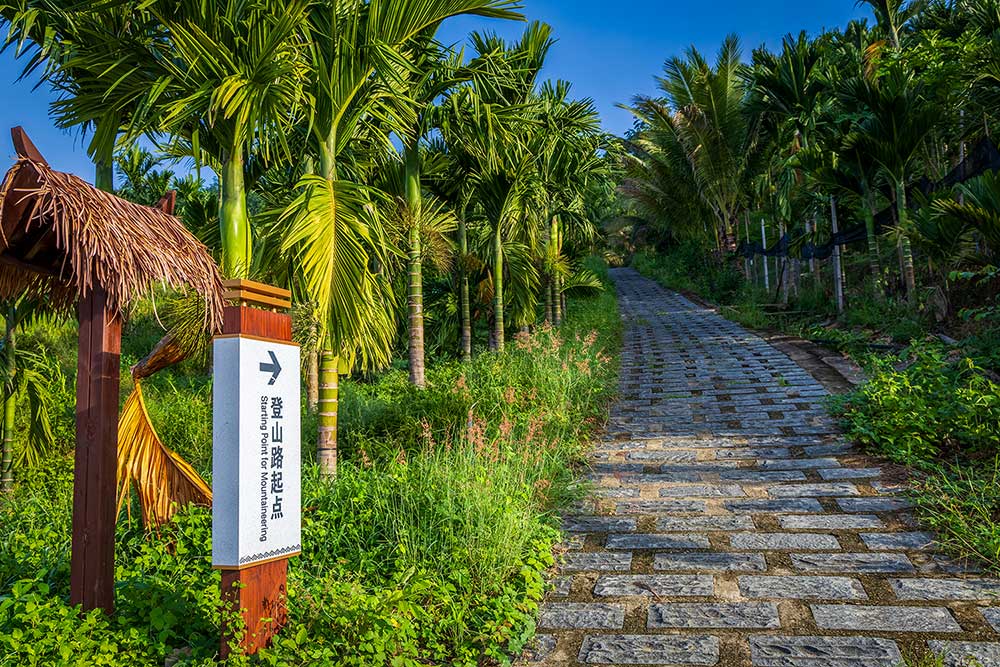
Since April 2023, local authorities invested 2.8 million yuan to develop tourism infrastructure including observation platforms, hiking trails, and electric cart services. The village has generated over 5 million yuan in tourism revenue, with collective village income reaching 1.7 million yuan in 2024.
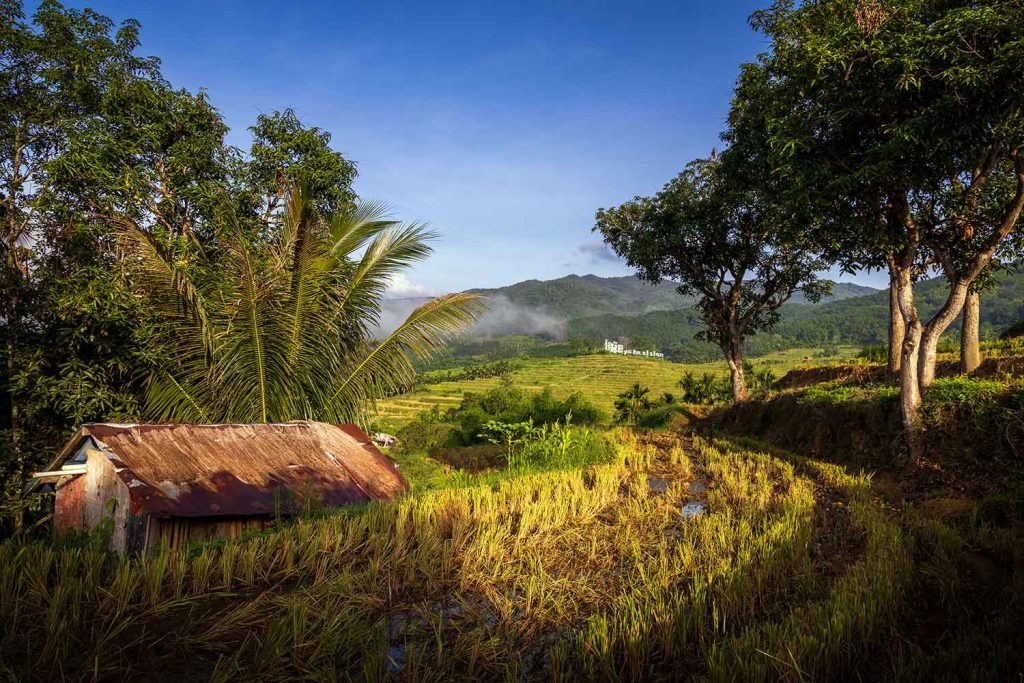
However, this rapid commercialization appears to have generated significant marketing hyperbole. The terraces are routinely described with flowery language about “magnificent landscapes” and “breathtaking beauty,” when the reality is, quite frankly, more modest.
Visitor Experience vs. Promotional Claims
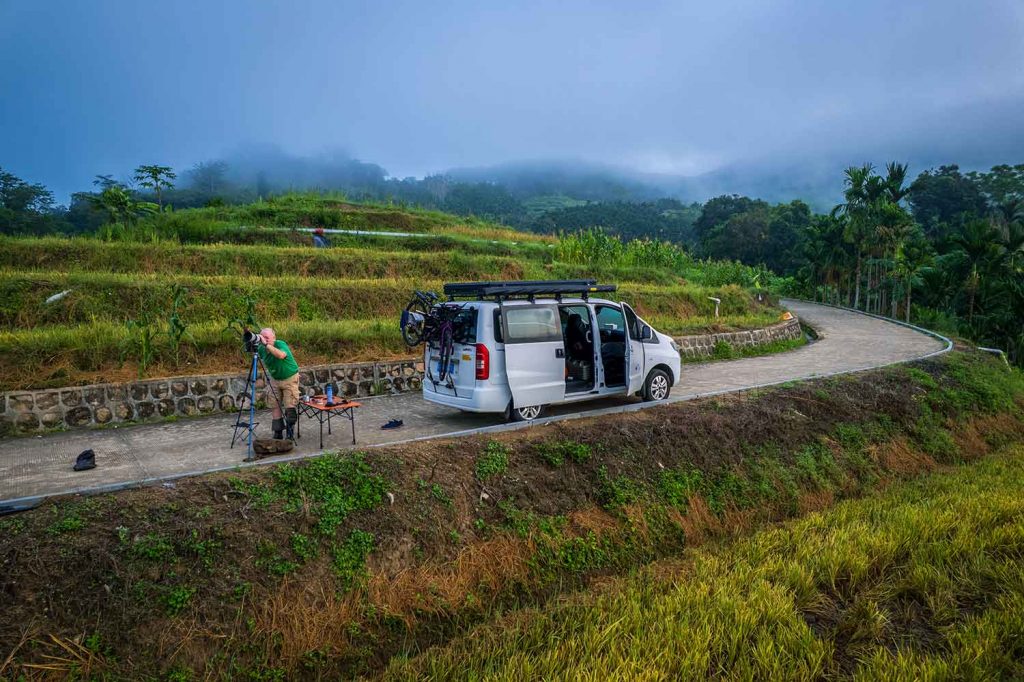
The terraces are certainly photogenic, particularly during the flooded spring planting season when they create mirror-like reflections, and during autumn harvest when the rice turns golden. The site offers pleasant views and a glimpse into traditional Li ethnic agricultural practices.
However, several factors suggest the experience may not live up to the promotional buildup:
- Limited scale: At just 1,100 acres in the core area, visitors can see most of the terraces relatively quickly
- Accessibility: The site is now easily accessible by paved roads and electric carts, which reduces the sense of discovering a hidden gem
- Commercialization: The rapid tourism development has transformed what was once a working agricultural landscape into a managed tourist attraction
Best time of day to visit
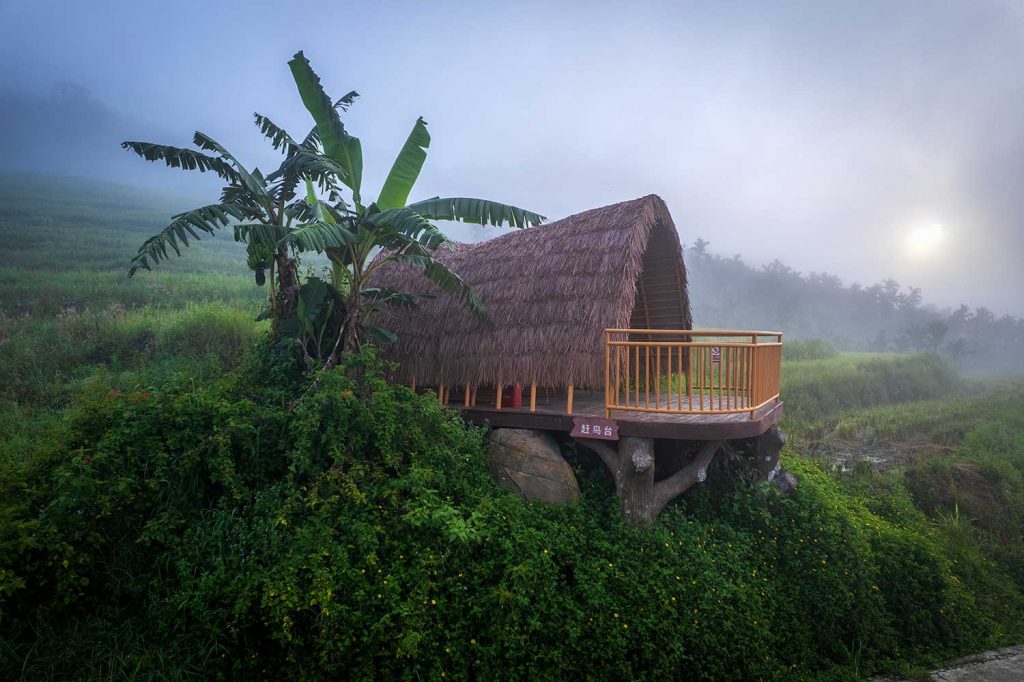
Visiting the Yahu rice terraces in the early morning is arguably the best way to appreciate their atmosphere and beauty. At dawn, a layer of fog often settles over the fields, softening the landscape and creating a calm, almost surreal scene.
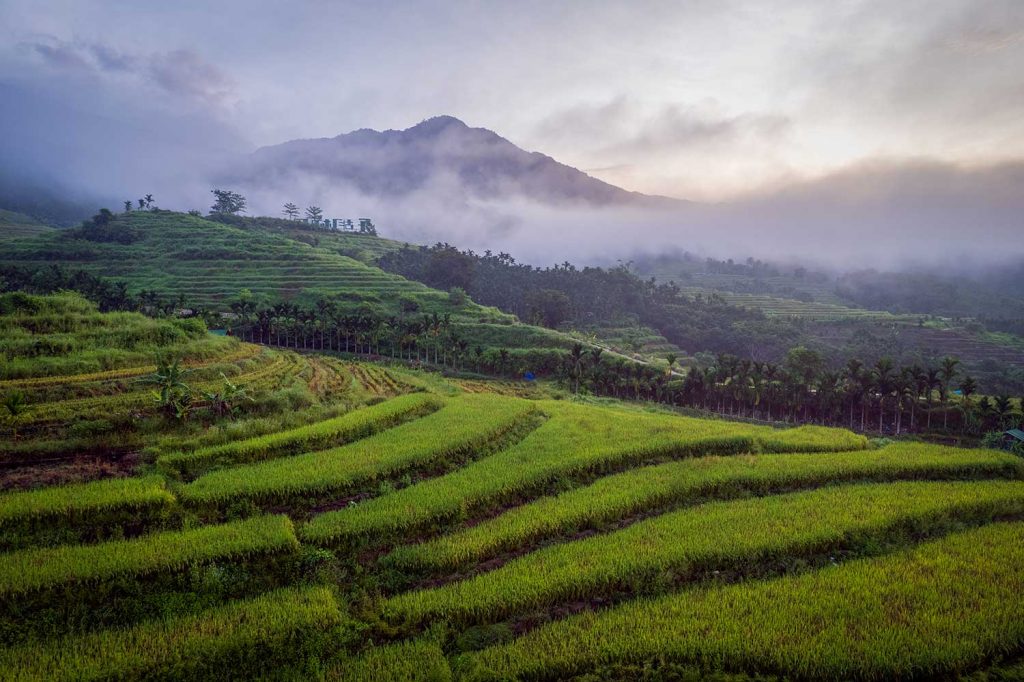
The terraces, with their curves and stepped layers, emerge gradually from the mist as the sun rises, giving the entire area a quiet, peaceful feeling that is hard to find later in the day.
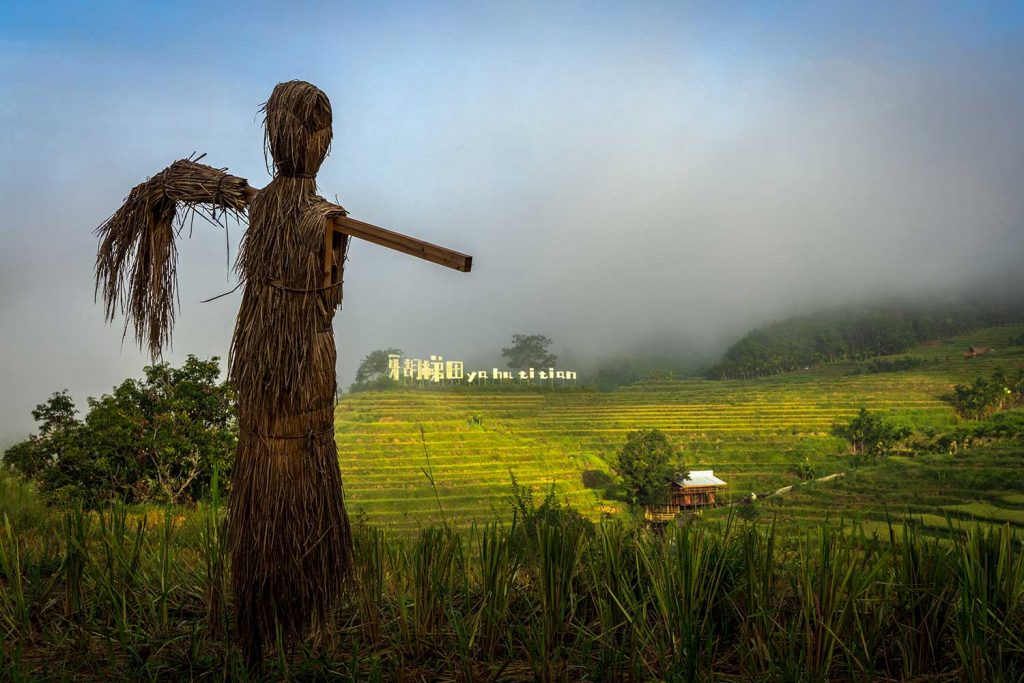
This time of day is especially favored by photographers and those looking for a more tranquil, authentic experience, before the sun gets strong and any crowds arrive. If you want to see the terraces at their most atmospheric, aim to arrive just as the sky begins to lighten.
Agricultural Heritage Context
The terraces do represent genuine agricultural heritage. They were developed by the Li people as part of their transition from slash-and-burn mountain rice cultivation to settled wetland farming, likely during the Qing Dynasty period. The “four-degree co-construction” system integrating forests, terraces, villages, and waterways reflects traditional ecological knowledge.
Local farmers still cultivate the terraces and produce “Yahu rice,” grown without chemical fertilizers using mountain spring water. This maintains some authenticity despite the tourism overlay.
Honest Assessment
The Yahu terraces are pleasant and worth a visit if you’re in the Wuzhishan area, particularly for photography enthusiasts or those interested in traditional agricultural systems. The setting is scenic and the cultural context is genuine.
However, they’re not “magnificent” in the sense of being a world-class landscape destination. They’re more accurately described as a nice regional attraction that has been heavily promoted far beyond what the actual experience delivers.
The marketing language consistently oversells what is essentially a modest but photogenic agricultural landscape.
For visitors expecting something on the scale of China’s famous terraced landscapes, the Yahu terraces are likely to disappoint. They’re best appreciated as a local cultural site rather than a major scenic wonder, despite the promotional claims suggesting otherwise.
Related article: Discover the Mystique of Huangdi (Emperor) Cave in Changjiang, Hainan
